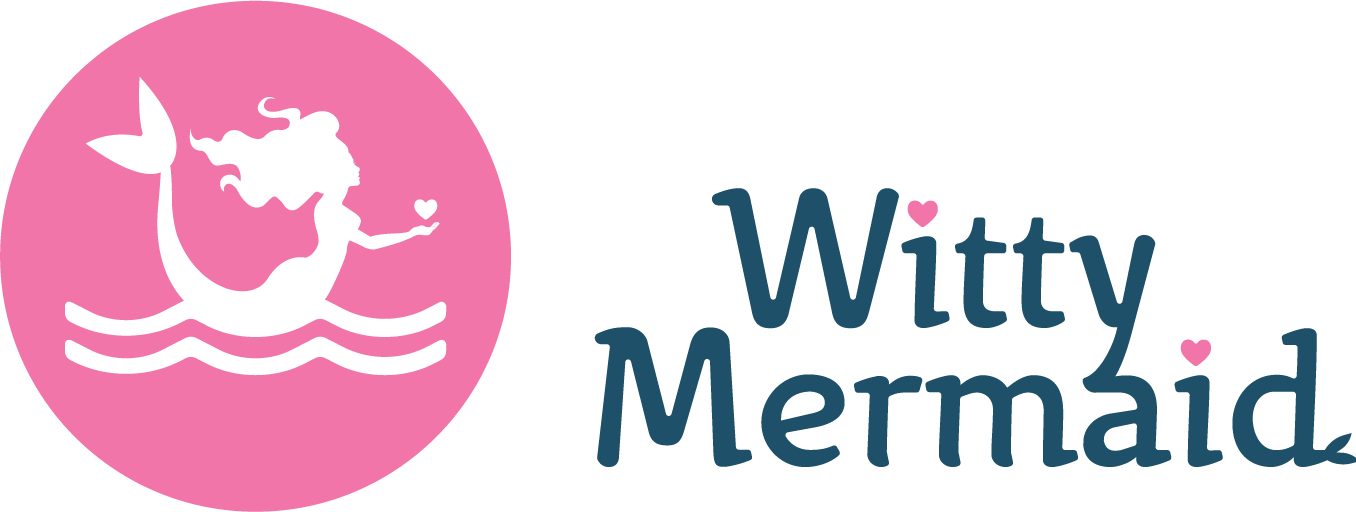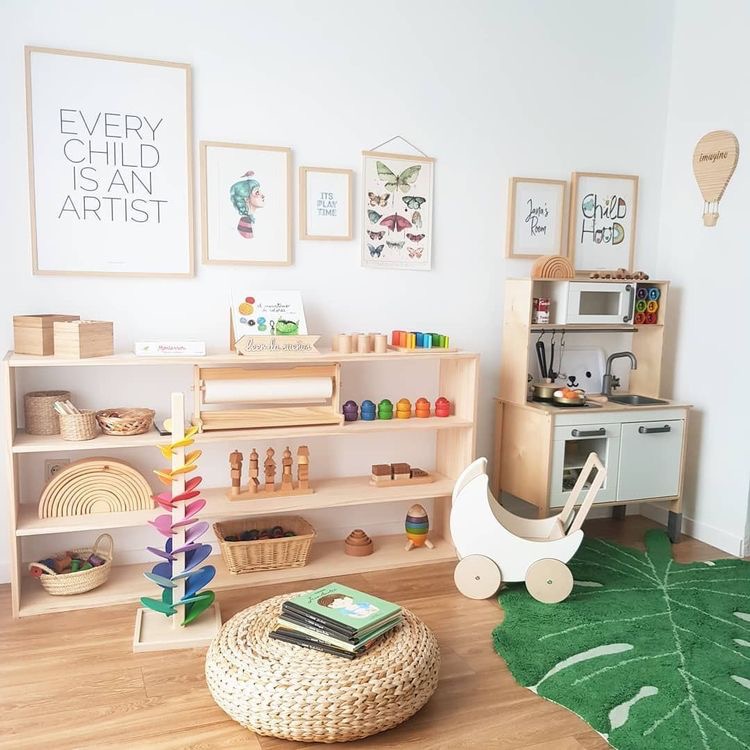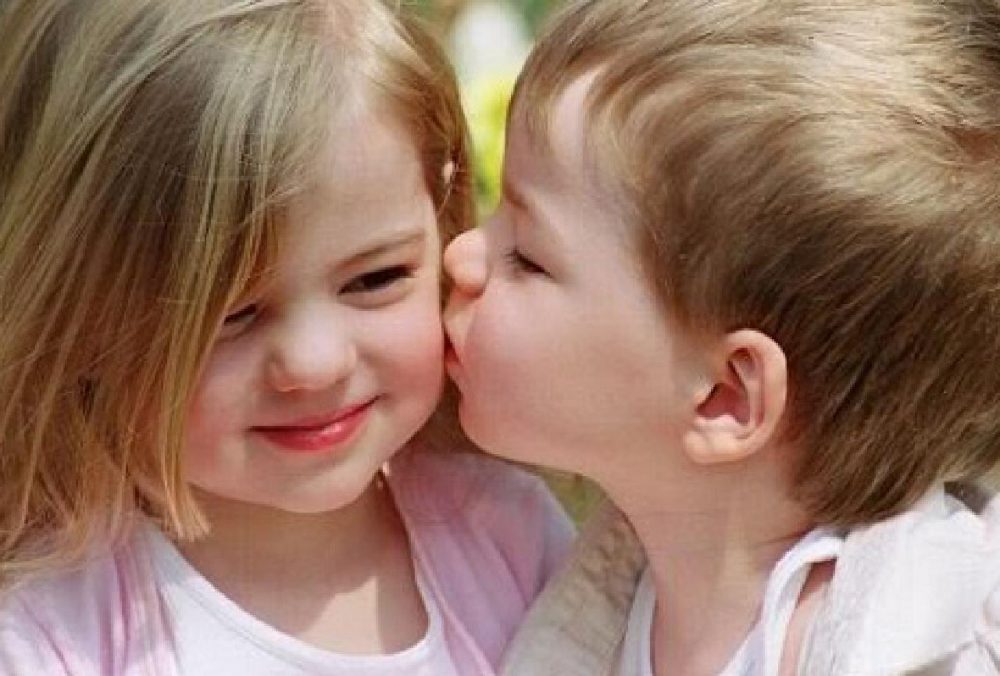Organizing the playroom for the wee one at home might seem an easy job at first glance. In reality, however, there are so many things to consider if we are to empower our children to develop their imagination, potential and intelligence. Even when in our eyes they are still our babies. 3 year old “babies” to be precise.
Talking to other moms from my daughter’s preschool and looking for more information online and from teachers, I implemented few very simple approaches in arranging my daughter’s playroom. I made small changes to the current set up that actually brought about huge impact. Many of these ideas are Montessori and have long proven to be effective.
9 TIPS TO ARRANGE THE NURSERY IN IMAGINATION & INTELLIGENCE PROVOKING FASHION
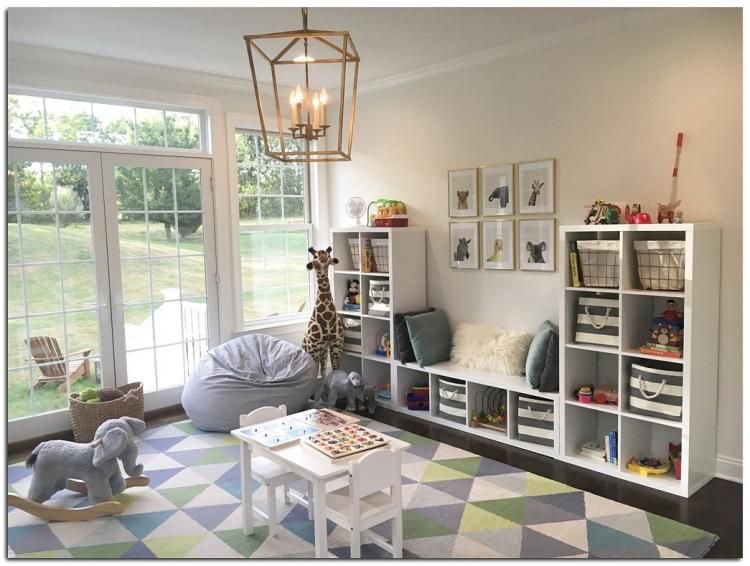
Set up a place to play and learn.
It could be an entire room or part of a children’s bedroom or living room, for example. Put a table with a chair and low shelves and cabinets with different toys, books, puzzles, paints and more. It is important for the child to have a free space where they can unfold their imagination, move and learn.
Arrange everything in open cabinets and shelves.
This will allow the child to have visual contact with all available play options and activities. If you do not have space or resources for additional shelves, you can always arrange the toys, books, crafts and other activities in shoe boxes on the floor. The important thing is to place and arrange them in such a way as the child could see everything without the need to dig to find something. This impedes their concentration and imagination.
Lay emphasis on low furniture.
Both the table and the surrounding shelves are recommended to be low and easily accessible to the child. They must be able to take whatever they want. To illustrate how important this actually is, would be sharing a mistake I made in the past. I placed all paints high up the shelves with the idea that the little one would not spill them on the floor and make a mess. So every time she wanted to draw something, she had to call me, tell me what colors to put in her palette, give her the brushes, and only then would she start painting.
However, all this sequence of processes lead to one thing only – my daughter was forgeting what she wanted to paint at this very moment. Generally, this is bad because the next time she might feel less likely to want to paint at all. Therefore, now she has got small bottles of about ten colors that stay right next to her drawing canvas. She has an immediate access to whatever she needs now to draw a blue moon, yellow grass and whatever she wants WITHOUT needing me. If you are wondering where to buy cute low furniture – take a look at IKEA.
Go for neutral, matte colors and natural light.
This has a calming effect and helps the child concentrate. It would be better if there are just few decorations/paintings and other hanging things on the walls around the play room. If you decide to hang some family photos, nature paintings, baby drawings, cards and more on the walls, place them at the height of the child so that they can look at them. This will make it easier to take them down and examine them.
Natural light is also important as it allows the child to play with their shadow, watch the rain through the window, or discuss with you something else that they have seen outside and aroused their interest.
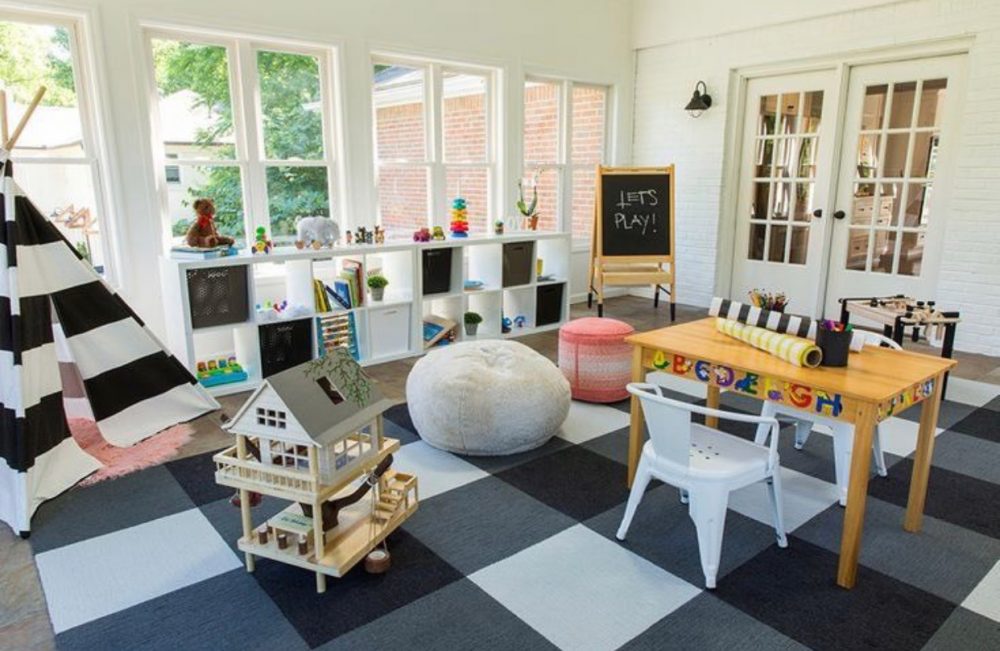
Give a place to every thing.
When toys and other activities are arranged in specific locations, the child can easily find them without wasting time and distracting themselves in searching for them. It is rather difficult for young children to focus for longer moments, so it is handful to help them in this with some little tricks. Things that consist of several parts – puzzles, lego, constructors, etc., must always be assembled and put in one place which does not change. This creates routine, serenity and predictability in children. And as a bonus, it teaches them to tidy up.
Choose which toys to leave in the nursery.
Instead of stacking all the toys and activities available in one place, select a few and arrange them on the sheves/open cabinets. Eevery week take away something old and put something new on its place. It would be interesting if you have some theme every week. For example, something about letters, numbers, planets, colors, etc.
This way you can track what the child is particularly interested in and suggest additional activities in this direction. If the child is interested in animals, you can take them to the zoo or make a mini project together to recreate the savannah, for example, with all the animals living there. Or if your child is interested in planets, you can make a DIY planetarium together.
Choose activities and toys to develop your child.
Emphasize on activities that develop the fine and gross motor skills, art and music, books, constructors, puzzles, etc. For example, in addition to all of these, on the floor I have placed sheets with various activities for the little one – symmetries, logical tasks, numeracy and literacy activity books. Teachers at Mia’s pre-school spend lots of time focusing on these and now she shows particular interest in doing this at home as well. I always aim at having at least 2-3 such activities in an easily accessible place for her.
Allow the child to look after something.
If you have flowers or other plants in a pot, teach your child to look after them. If you have fish or other pets, also include them in the daily care for them. This teaches children a number of things among which responsibility, caring and sociality.
Create a pleasant place for relaxation and privacy.
This could be a fluffy rug on the floor or a large pillow, for example. My daughter has a large Indian tent with a super soft rug and lots of pillows. Often, when she wants to be alone, she goes there, takes her favorite toys or books, and relaxes for a brief moment.
From personal experience I can say that these simple introductions made a huge impact for Mia’s development. They provoke and inspire her imagination and initiative in an unbelievable way. Whatever you choose to apply from these tricks home, the key factor is to make things in such a way that both you and your child feel good and happy.
ХХХ
The Mermaid
